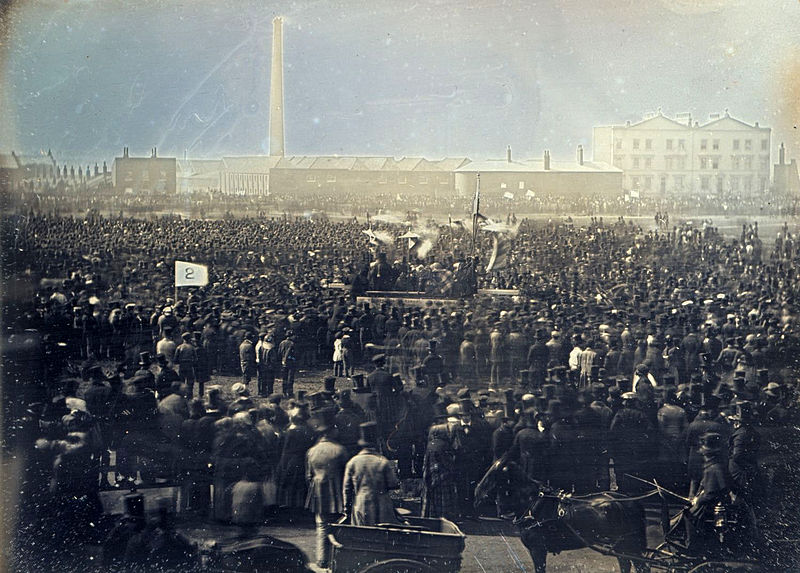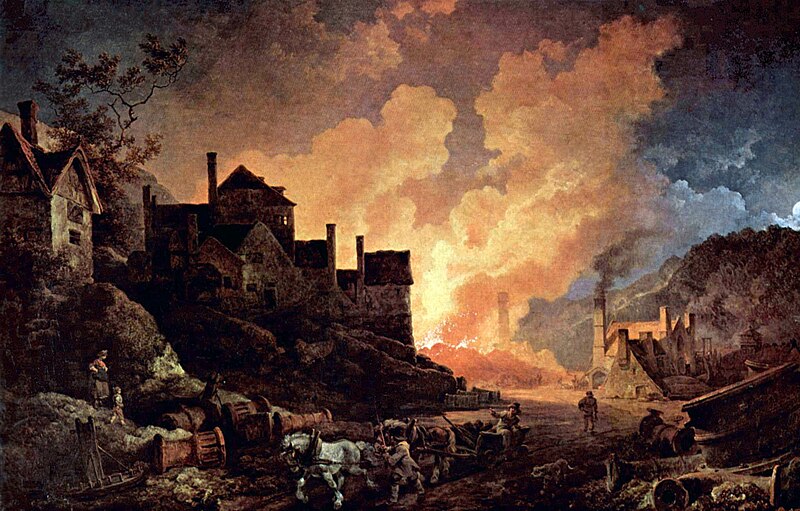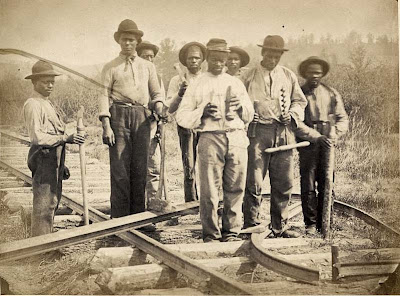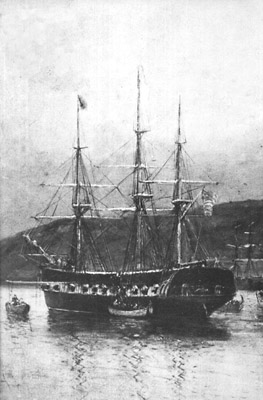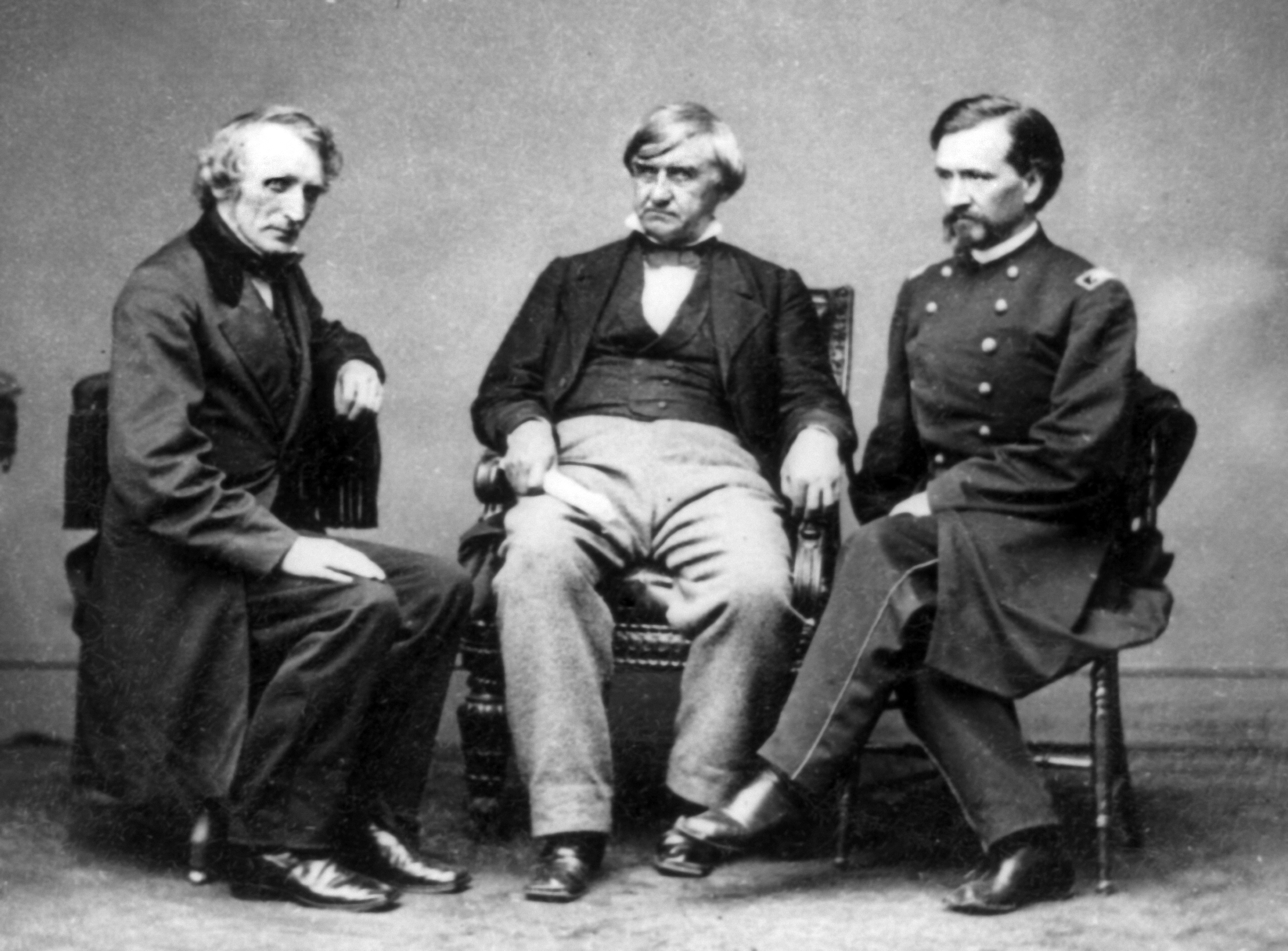been waiting for a Californian AAR for ages now, keep it up man
are you worried that the good old usa is going to turn on you? It always did eventualy with me
are you worried that the good old usa is going to turn on you? It always did eventualy with me



